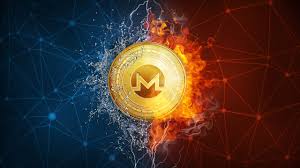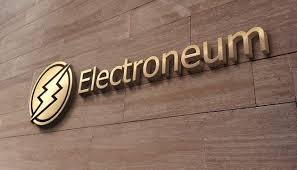Ethereum is the foundation for a new era of the Internet
- The Internet with a built-in system of money and payments.
- The Internet, where data belongs to users and where applications cannot track you.
- The Internet, where everyone can open financial systems.
- The Internet is built on the principles of neutrality and openness and is controlled by neither companies nor individuals.
Ethereum was launched in 2015 and nowadays it is the world’s leading programmable blockchain.
Like any other blockchain, Ethereum has its cryptocurrency called ether (ETH). ETH stands for digital money. If you’ve heard of Bitcoin, ETH has many similar properties. It is completely digital and can be sent to anyone in the world. The foundation of ETH is not controlled by any government or company. This is happening in a decentralized manner and ETH is a scarce commodity. People all over the world use ETH to pay for goods or services, as a store of value, or as collateral.

Unlike other blockchains, Ethereum’s capabilities are much broader. Ethereum is programmable, which means developers can use it to create new kinds of applications.
These decentralized applications (Dapps) combine the benefits of cryptocurrency and blockchain technology. They can be trusted because once they are uploaded to Ethereum, they will always work as programmed. They can work with digital assets to create new kinds of financial applications. They can be decentralized, which means that no organization or individual can control them.
Thousands of developers around the world are currently creating applications on Ethereum and developing new types of applications, many of which you can use today:
- cryptocurrency wallets that allow you to make cheap instant payments using ETH or other assets;
- financial applications that give the opportunity to borrow, lend or invest your digital assets;
- decentralized markets giving you the ability to trade digital assets or even sell predictions about real-world events;
- games where you own in-game assets and can even earn real money;
and etc.
The Ethereum community is the biggest and most active blockchain community in the world. It includes major protocol developers, crypto-economic researchers, cypherpunks, mining companies, ETH holders, application developers, common users, anarchists, and companies from Fortune Global 500.
What is Ethereum 2.0?
Ethereum 2.0, also known as ETH 2.0 or Serenity, is a blockchain upgrade of the largest cryptocurrency after Bitcoin. The goal of the update is to improve the efficiency, speed, and scalability of the Ethereum network so that the latter will be able to cope with a significantly bigger number of transactions per unit of time.
The main difference between Ethereum 2.0 and the current version of the network is the consensus mechanism, how the nodes reach an agreement on the current version of the blockchain and adding blocks. Now the Ethereum network uses Proof-of-Work, which involves performing complex calculations with video cards and other equipment.
The confirmed launch date for Ethereum 2.0 is December 1, 2020.
Here are the basic steps to launch:
Stage 0
December 2020. The initial phase is aimed at the implementation of the Beacon Chain, which will introduce a PoS mechanism, as well as store data and manage the registry of validators. It’s worth noting that the current PoW network will run concurrently with the Beacon Chain to ensure a smooth transition.
Stage 1
Phase 1 is planned for 2021 when the integration of shard chains will be introduced. Initially, the network will launch with 64 shards that will not support smart contracts and accounts. Next, stage 1.5 will begin, when the main Ethereum network becomes a shard and switches to PoS.
Stage 2
The third phase is expected to start by the end of 2021 or the first half of 2022. At this stage, shards will support smart contracts and become fully functional. They will support accounts, transfers, withdrawals, transfers between shards, and contract requests. The current Ethereum Virtual Machine (EVM) will be replaced by Ethereum WebAssembly (WASM).
Conclusion
In conclusion, it should be noted that Ethereum is constantly improving. Ethereum is an evolving project in which developers are methodically working to fix its significant shortcomings and are focused on long-term development. They continually bypass network restrictions, update development tools, and approve new and current EIP standards. The developers already have plans for how Ethereum will move after the update. This approach pays off – the ecosystem is growing despite scaling problems.











